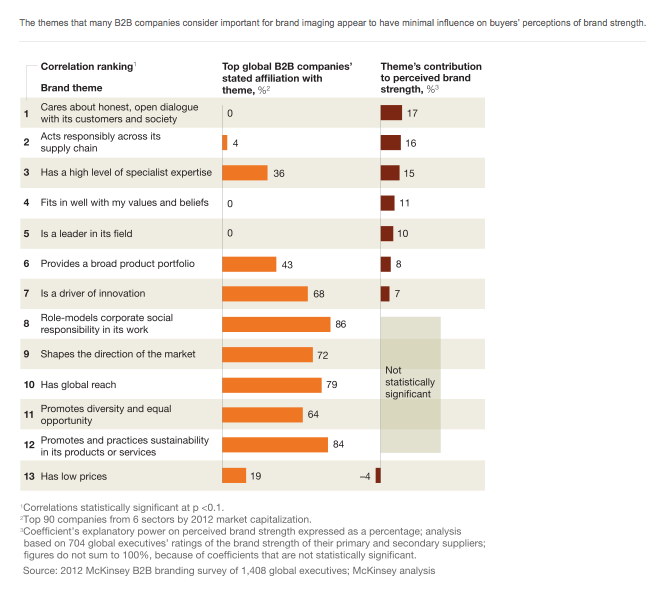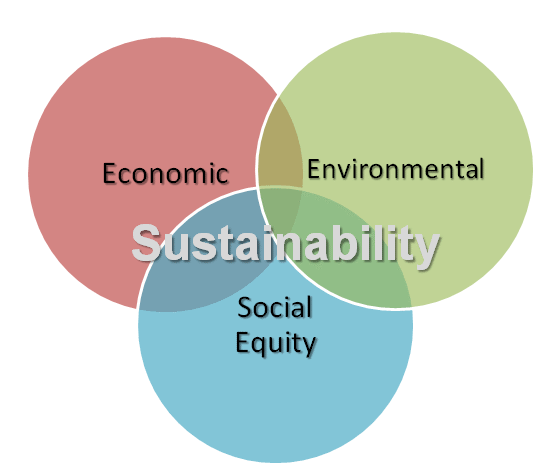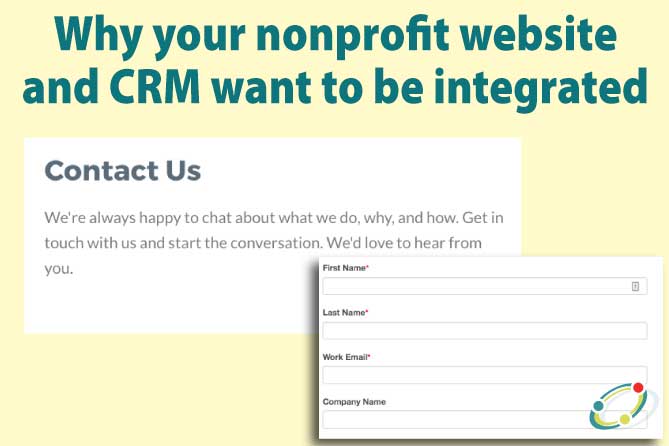
Signs abound of a growing sustainability language disconnect between marketers’ communications and what consumer and business customers understand, or care about. If sustainability is core to your mission, you can ask yourself a few questions to avoid a disconnect in your message framing for sustainability.
Signs of the Disconnect in Business-to-Consumer Communication
“Sustainability doesn’t mean anything real to consumers. Too often, it brings to mind technical issues or seemingly insurmountable environmental challenges.”
This is the problem statement challenge from a recent report, the New Sustainability Narrative. Consumer trends highlighted in this and other recent reports include:
- Consumers want brands to empower a meaningful life, and yet … Most people would not care if 73 percent of brands disappeared (Havas)
- Consumers don’t connect sustainability to their own wellbeing or success (BuzzBack Market Research)
- A new set of values is on the rise. The world would be a better place if men thought more like women, 66 percent of adults agree…More empathy, resilience, respect. (BAV Consulting)
- Brands must evolve to deliver on social and cultural benefits – caring for my wellbeing and the wellbeing of my family, for the wellbeing of my community and for the wellbeing of the planet (Coca-Cola).
- More than half (55%) of respondents worldwide say they are willing to pay extra for products and services from companies that are committed to positive social and environmental impact (Nielsen)
So consumers care, but a combination of specific language (sustainability, green, environment, technical) and specific messengers who lack credibility blocks any consumer impact from sustainability messages.
Signs of the Disconnect in Business-to-Business Communication
McKinsey’s summary highlights a similar disconnect in business-to-business communication: “New research shows there’s a surprising gap between the brand messages that suppliers offer to customers and what their customers really want to know.” Again, specific language exacerbates the problem.
The themes that many B2B companies consider important for brand imaging appear to have minimal influence on buyers’ perceptions of brand strength. (McKinsey exhibit.)

How to Avoid the Sustainability Language Disconnect
So if sustainability is core to your mission, how do you avoid this language disconnect? Ask yourself a few questions:
- Are you speaking to your customer’s WIIFM?
- Are you consistent in communicating your values and messages?
- Are you avoiding ‘trigger words” laden with negative connotations?
- Are you thinking and acting sustainably, for the long term, whether or not you use the “s” word?
- Are you “showing” your story humbly, showing people an example — or are you “telling” a brand story using adjectives to describe your behaviors positively?
If you can confidently answer “yes” to 4 out of 5 questions, chances are your customers feel no sustainability disconnect. If you can’t, then it’s time to get to work.
“The winners will be those that build an authentic, transparent narrative for the long run — one that is all about sustainability, with or without the ‘S’ word in it. “
Resources
Finding a Narrative: ‘Sustainability’ Doesn’t Mean Anything Real to Consumers (Triple Pundit)
The New Sustainability Narrative (pdf)
It Pays To Be Green: Corporate Social Responsibility Meets the Bottom Line (Nielsen)
How B2B companies talk past their customers (McKinsey)
Open thread: what does 'sustainable' mean to you? (Guardian)
Sustainability labels on food products: Consumer motivation, understanding and use (Science Direct, Elsevier)
——————-photo via flickr cc license: Fraser MummeryEditor's note: This post was originally published in July of 2014 and has been updated to include new information.





